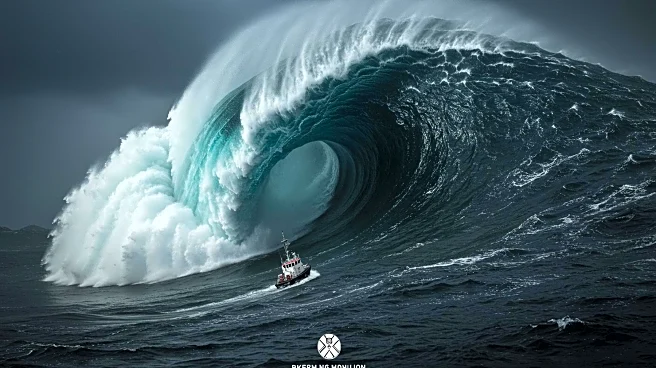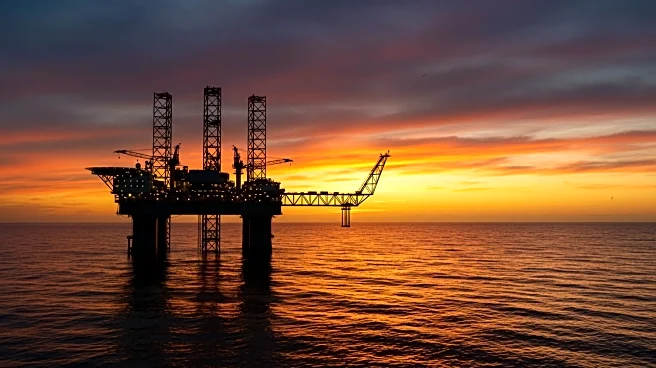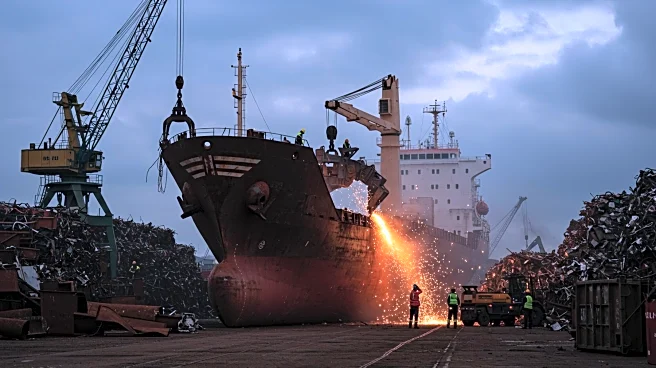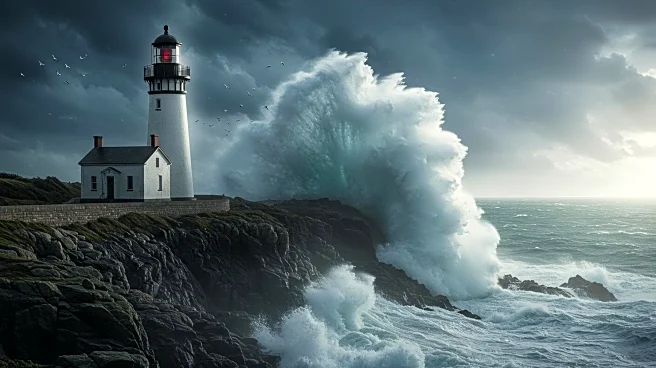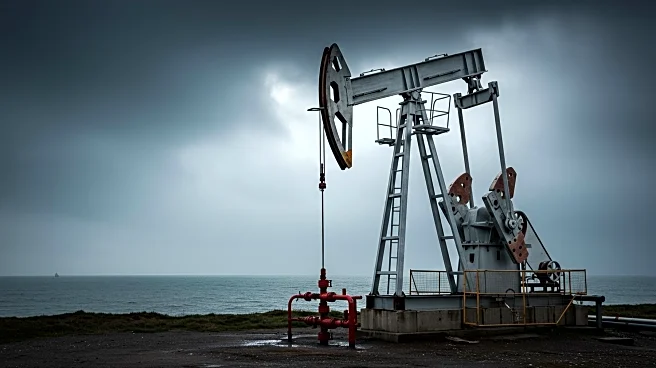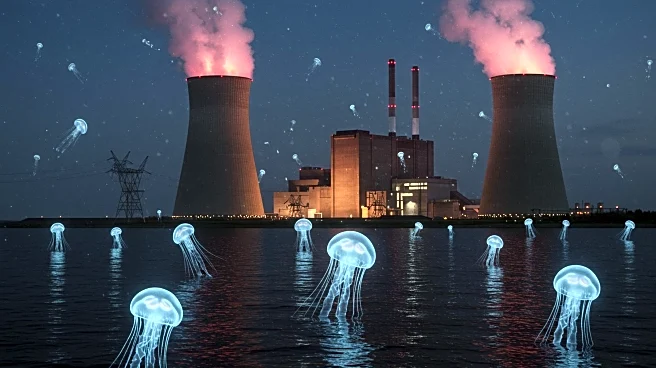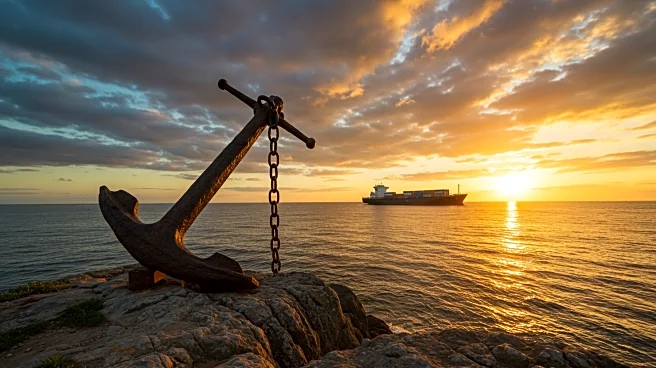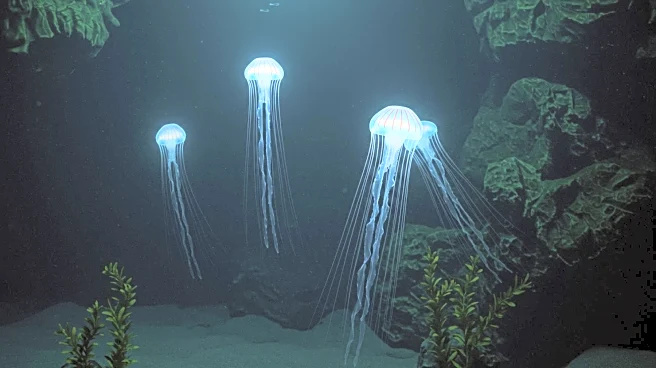What's Happening?
A comprehensive study conducted over 18 years has revealed the underlying mechanisms of giant rogue waves, which have long intrigued scientists and posed risks to maritime operations. These waves, characterized by their sudden appearance and towering heights, are not random occurrences but are formed through a process known as constructive interference. The research, utilizing high-frequency laser measurements from the Ekofisk oil platform in the North Sea, analyzed nearly 27,500 sea states to understand the conditions leading to rogue wave formation. The findings challenge previous theories of modulational instability, suggesting instead that rogue waves arise when multiple smaller waves align and their crests stack, creating a massive wave. This quasi-deterministic pattern, while influenced by randomness, follows recognizable patterns that can be studied and predicted.
Why It's Important?
Understanding the formation of rogue waves is crucial for enhancing maritime safety and engineering. These waves pose significant threats to ships and offshore structures due to their immense power and unpredictability. By identifying the patterns and conditions that lead to rogue waves, engineers can design safer vessels and platforms, potentially reducing the risk of accidents at sea. The study's insights into wave dynamics also offer opportunities for improved forecasting models, allowing for better preparation and response to extreme sea conditions. This knowledge is vital for industries reliant on oceanic operations, including shipping, oil extraction, and renewable energy installations.
What's Next?
The study's findings may lead to advancements in maritime engineering and safety protocols. Researchers and engineers are likely to explore the application of these insights in designing structures that can withstand rogue wave impacts. Additionally, the development of predictive models based on the quasi-deterministic patterns identified could enhance weather forecasting and risk assessment for maritime activities. Collaboration between scientific communities and industry stakeholders will be essential to translate these findings into practical solutions that mitigate the dangers posed by rogue waves.
Beyond the Headlines
The study highlights the broader implications of understanding natural phenomena through scientific inquiry. By demystifying rogue waves, researchers contribute to a deeper comprehension of ocean dynamics, which can influence various fields such as climate science and environmental engineering. The ability to predict and manage natural events aligns with efforts to adapt to changing environmental conditions and safeguard human activities against natural hazards.
